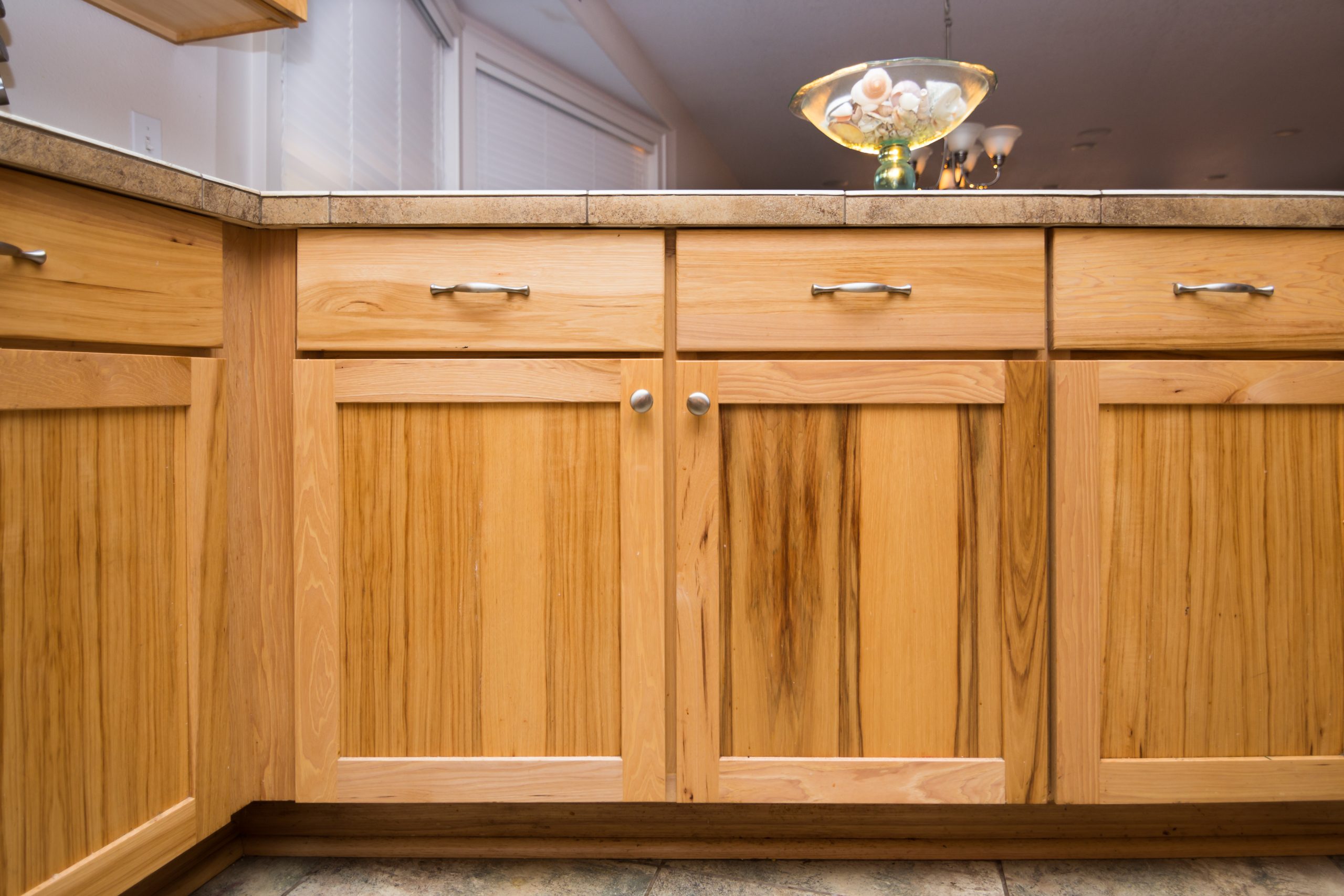Preparing Your Cabinets: How To Stain Wood Cabinets

A smooth and even surface is essential for a beautiful and durable stain finish. To achieve this, you need to prepare your cabinets properly by cleaning and sanding them.
Cleaning Wood Cabinets
Cleaning your cabinets before sanding removes dust, dirt, grease, and any existing finishes that could interfere with the stain’s adhesion. This ensures the stain penetrates evenly and produces a consistent color.
- Gather your materials: You will need a cleaning solution, a soft cloth, a sponge, and a bucket of clean water. For a cleaning solution, you can use a mixture of warm water and mild dish soap, or a commercial wood cleaner specifically designed for cabinets.
- Apply the cleaning solution: Dampen the cloth or sponge with the cleaning solution and gently wipe down all surfaces of your cabinets. Pay close attention to areas where grease or dirt may have accumulated, such as around handles, knobs, and hinges.
- Rinse and dry: After cleaning, rinse the cabinets with clean water and dry them thoroughly with a clean cloth. Allow the cabinets to dry completely before proceeding to the next step.
Sanding Wood Cabinets
Sanding helps to create a smooth surface for the stain to adhere to. It also removes any imperfections, such as scratches, dents, or raised grain, that could show through the stain.
- Choose the right sandpaper: The type of sandpaper you use will depend on the condition of your cabinets. For rough surfaces or heavily damaged areas, start with a coarse grit sandpaper (80-120 grit). For smoother surfaces, use a finer grit sandpaper (150-220 grit). For a final sanding, use a very fine grit sandpaper (220-400 grit) to create a smooth, even surface.
- Sand with the grain: Always sand in the direction of the wood grain. This will help to avoid creating scratches or swirl marks that could show through the stain. Sand lightly and evenly, using long, smooth strokes.
- Dust removal: After sanding, use a tack cloth or a vacuum cleaner with a brush attachment to remove all dust and debris. This will ensure a clean surface for staining.
Sanding Tips for a Smooth Surface, How to stain wood cabinets
- Start with a coarse grit sandpaper: If your cabinets have any rough areas or imperfections, start with a coarse grit sandpaper (80-120 grit) to remove them. Then, gradually move to finer grits (150-220 grit) for a smoother finish.
- Sand in sections: Don’t try to sand the entire cabinet at once. Instead, sand in smaller sections to ensure even sanding and prevent the sandpaper from clogging.
- Use a sanding block: A sanding block will help you to sand evenly and avoid creating uneven patches.
- Sand with light pressure: Apply light pressure while sanding to avoid sanding through the wood.
- Check your progress: Regularly check your progress and move to a finer grit sandpaper as needed.
